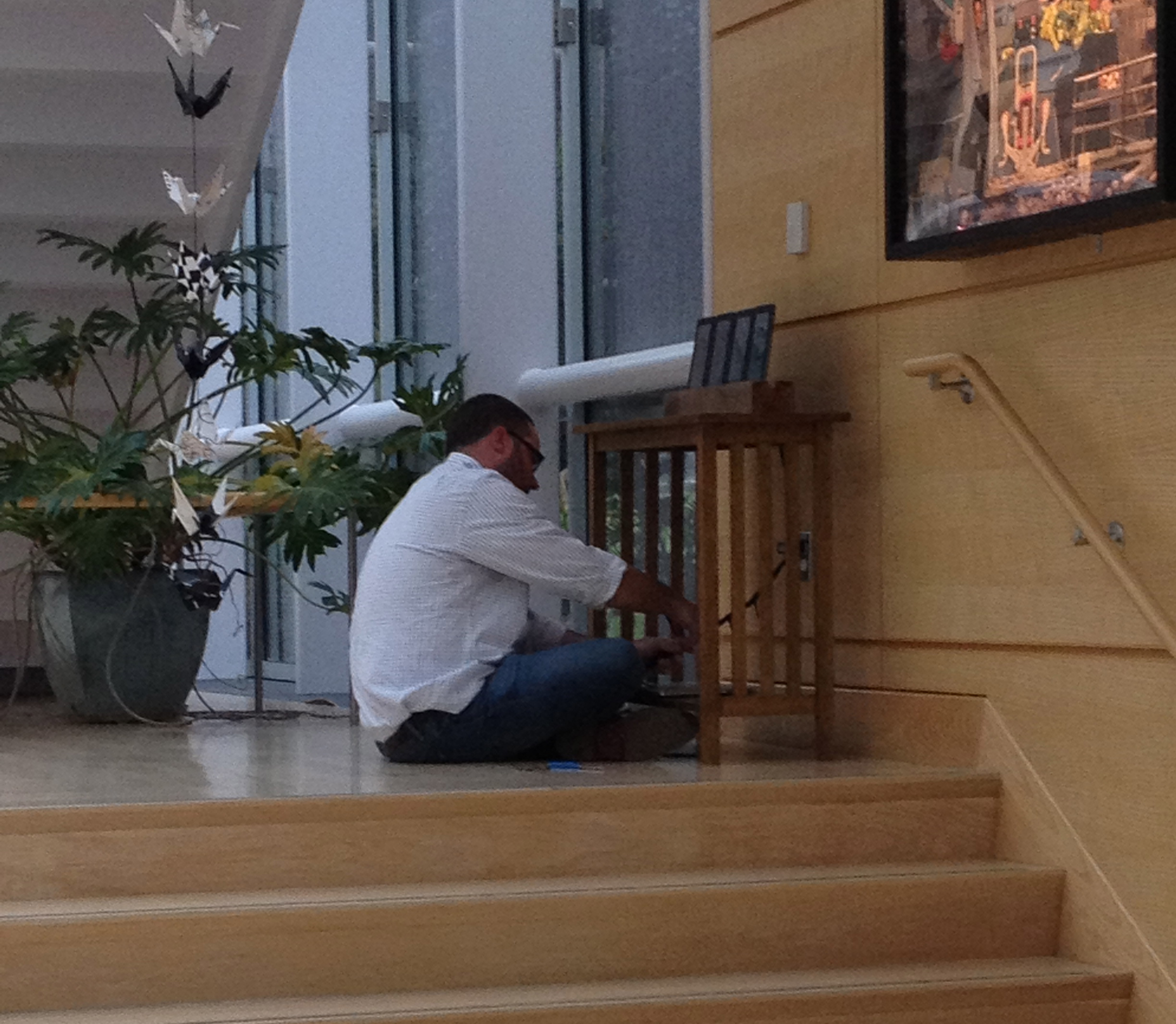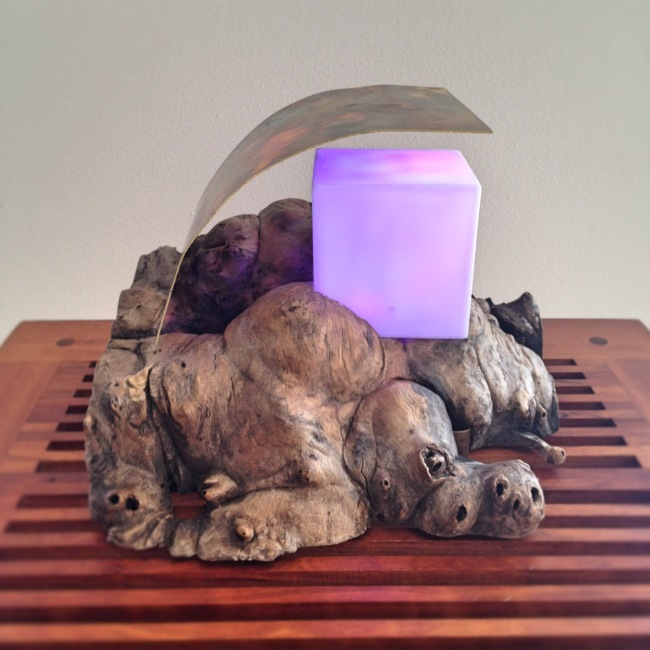The Wolf of Bedford Road
/A few weeks ago, my 11 year old daughter came downstairs and told me, "Dad, I want a new phone."
"Uh-huh, Critter. Let me know how that works out for you."
We got her a phone last year. I was pretty much against it at the time, and I still have distinctly mixed feelings about it. But she's involved in more after-school & extra-curricular things. She calls us when she needs to be picked up from the stables. She can ring us when she needs to stay later at the library. And we can use "Where's my phone" apps to check in on her progress when she's biking around. The phone is handy, and she's responsible with it. She's never lost it, and she doesn't text or talk like crazy on it. I'm just old-fashioned enough to begrudge giving a kid a phone.
We got her an older iPhone in one of those "free extra phone" deals when my Bride renewed her contract. It's serviceable. She doesn't have her own account. And she has to ask us to buy or download anything. The deal has been that if she breaks or loses it, she gets to pay for the replacement. And I get all the passwords, forever. And the stated assumption that I will read every mail, text or note. I'm in IT. I can do that.
The phone she has is definitely slow, and it's more than one generation out of date. But whatever. It's a phone. And it's perfectly capable of doing phone-ish things. So when she came downstairs and said she 'needed' a new phone. I just laughed.
"Go ahead an buy whatever phone you can afford, kid."
"Ok. I'm going to get the gold iPhone 5s."
"OK, Sweeti -- Wait. What?"
She pulled out a hand drawn chart & a wad of bills from her pocket and started counting. She had calculated how much she'd need for the phone, the case she wanted, and sales tax, and made up a hand drawn spreadsheet.
Let's be clear: Our kids have never received an allowance. And that's not about to change. Any money the Critter gets comes from collecting, boxing and selling eggs to our neighbors at three bucks a dozen, the occasional farmer's market scheme (she has sold duct tape wallets and doll blankets she had made a few times), and a little bit of birthday money from the grandparents. Occasionally, I might throw her a few bucks to wash my car. (Very occasionally. I don't remember to wash my car more than once a year or so).
And? We make her take 1 out of every 3 dollars, and put it in the bank.
When she was done counting, she had over $300 in a pile. This kid has more disposable income at 11 than I did when I was 31.
But instead of the ~$100 dollars that would've gone into the bank, she kept back only $175. The rest she said would go into savings. Then she colored in her chart and hung it next to her bed with some stern warnings for herself.
She printed out a picture of the phone she wanted, and tucked it into her own duct-tape wallet. "As a reminder," she told me. "That way, whenever I go to spend money, I'll see it, and maybe think more about saving the money instead."
Then she went to the library and checked out a couple of books on small business ideas for kids, and announced to our friends that she was available to help tutor their young children. She talked to the Boy's tutor about techniques and started lining up gigs at $6 an hour.
Next week, I'm going to ask her to review my capital project request that I've put together for our company Board of Directors review and give me a few pointers.













